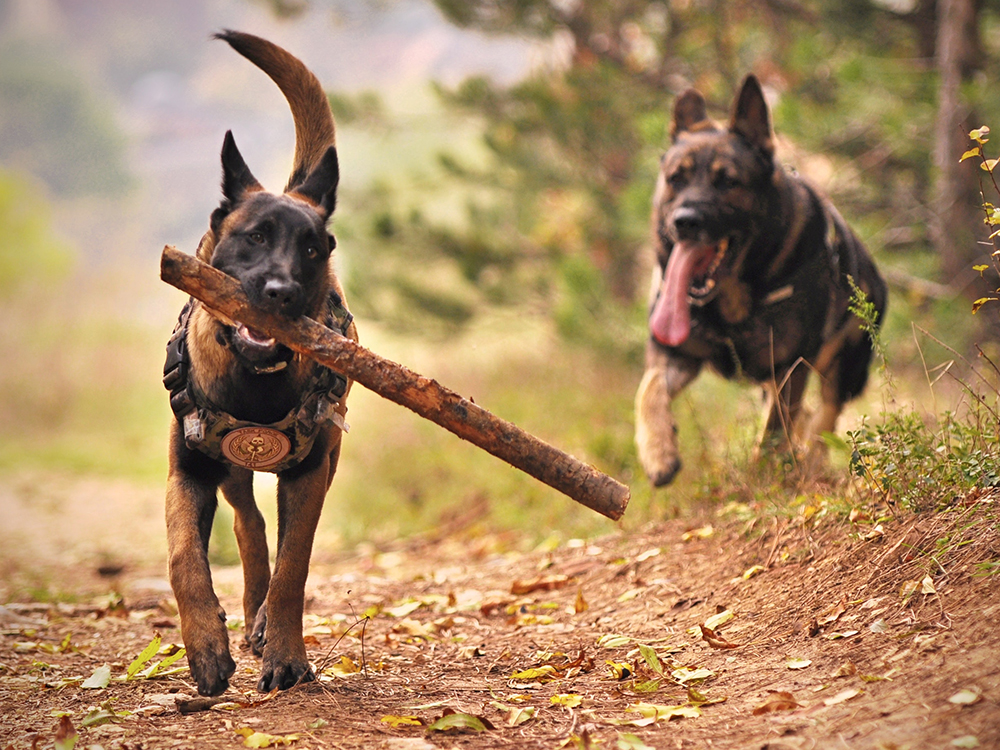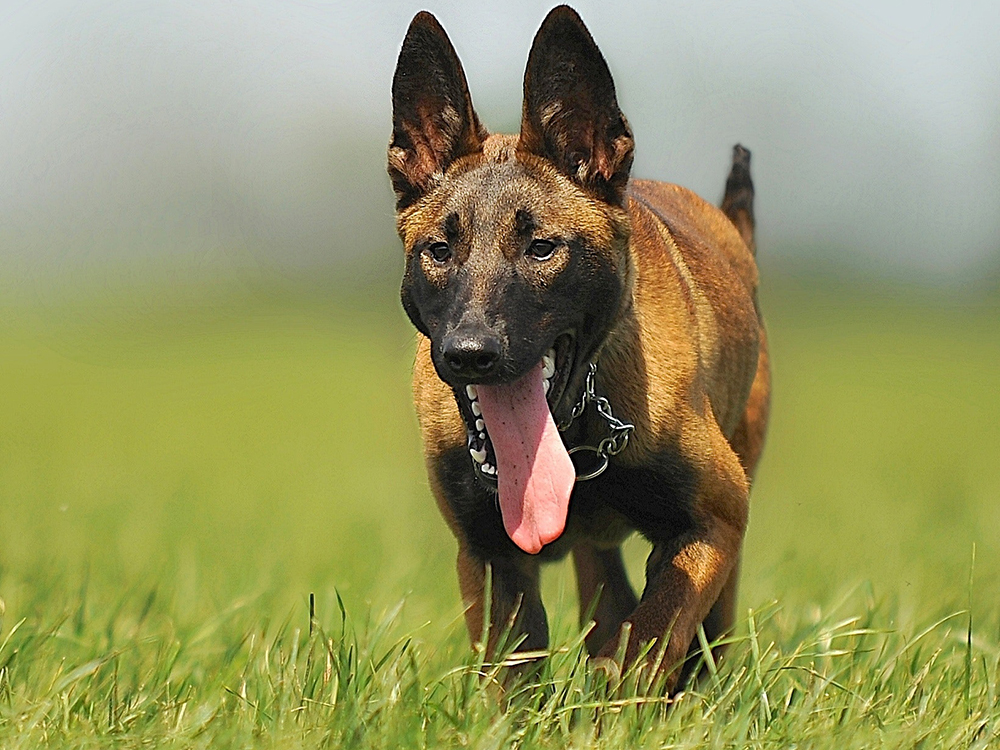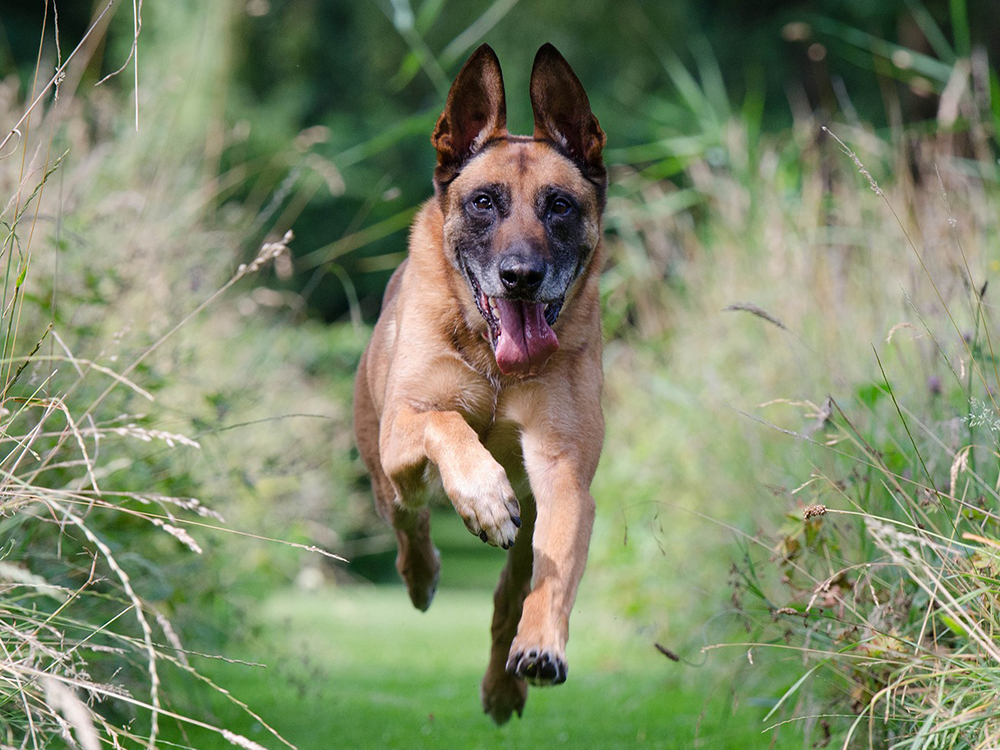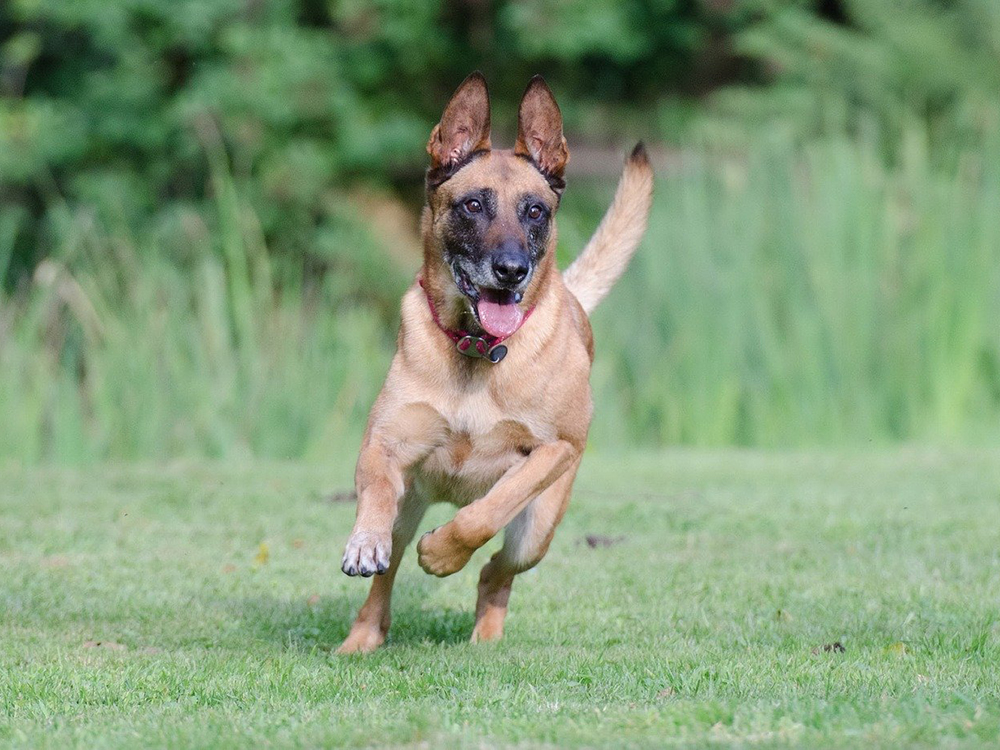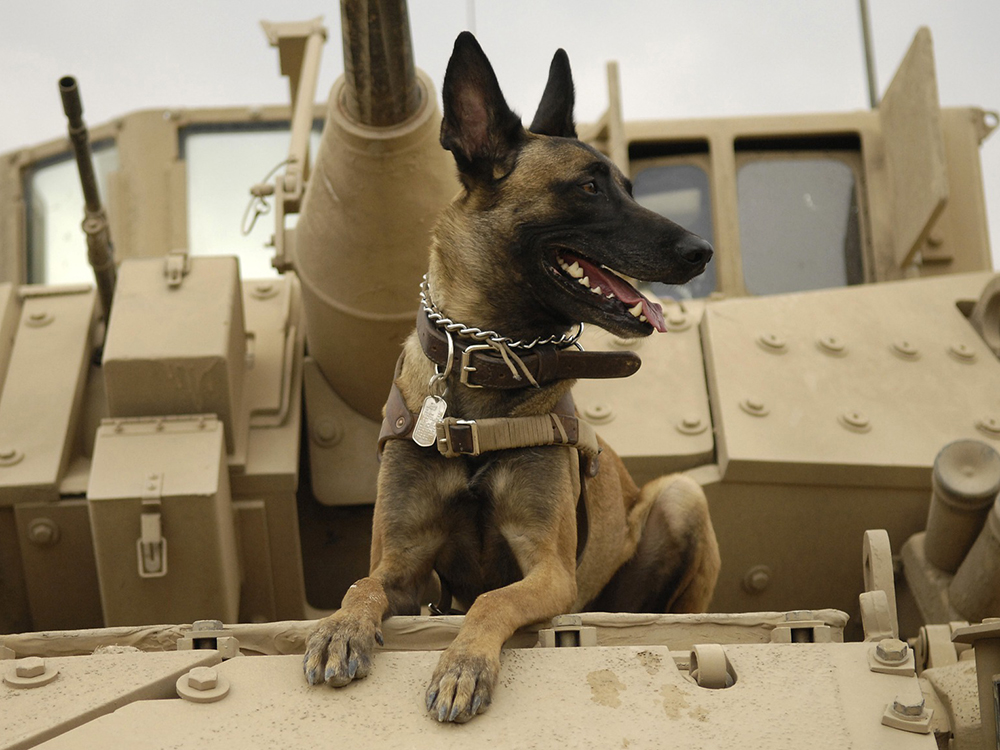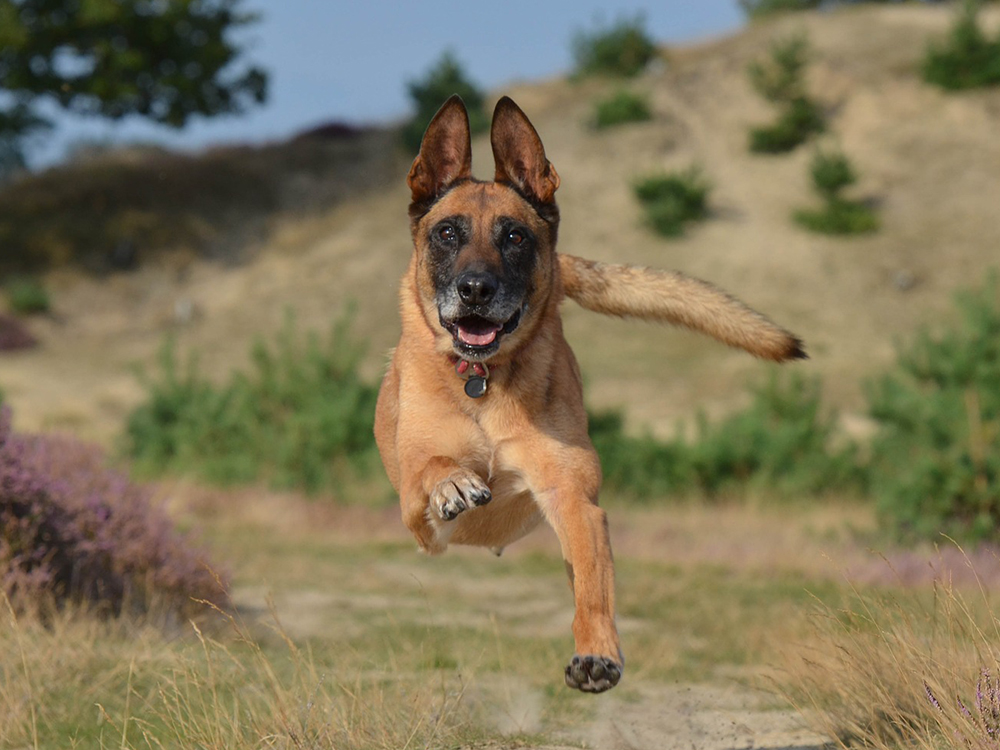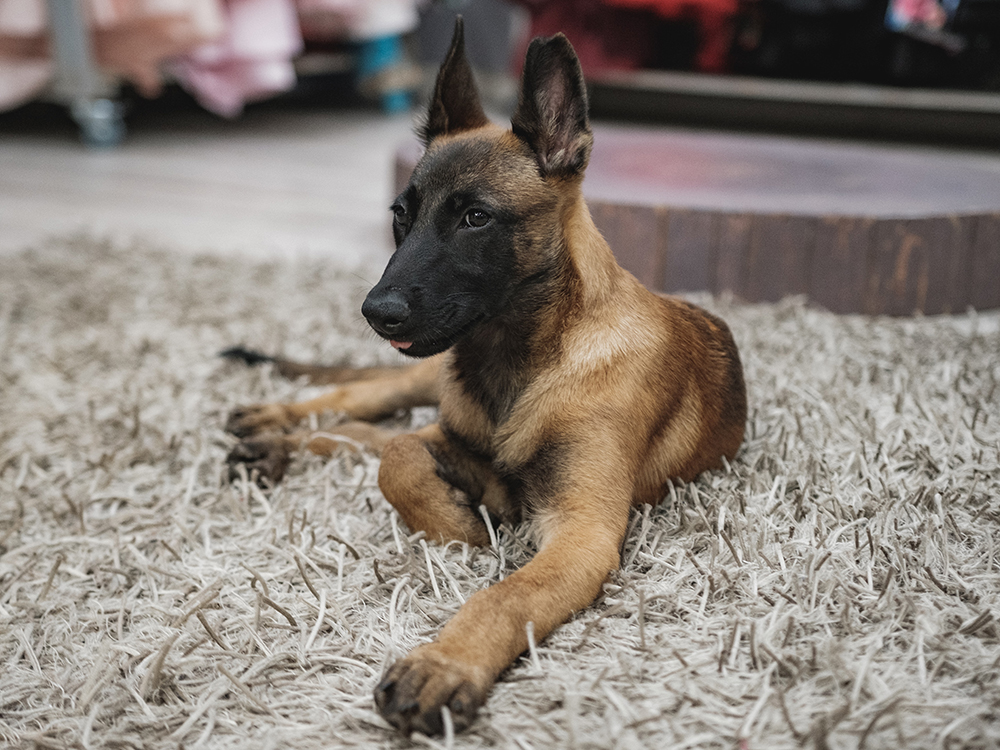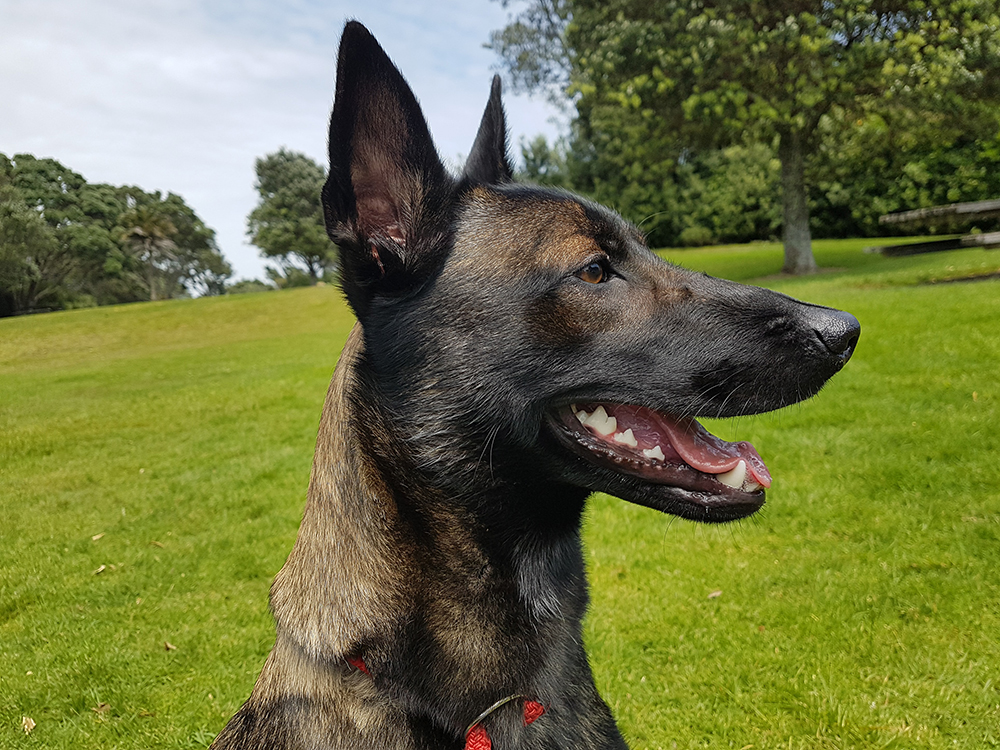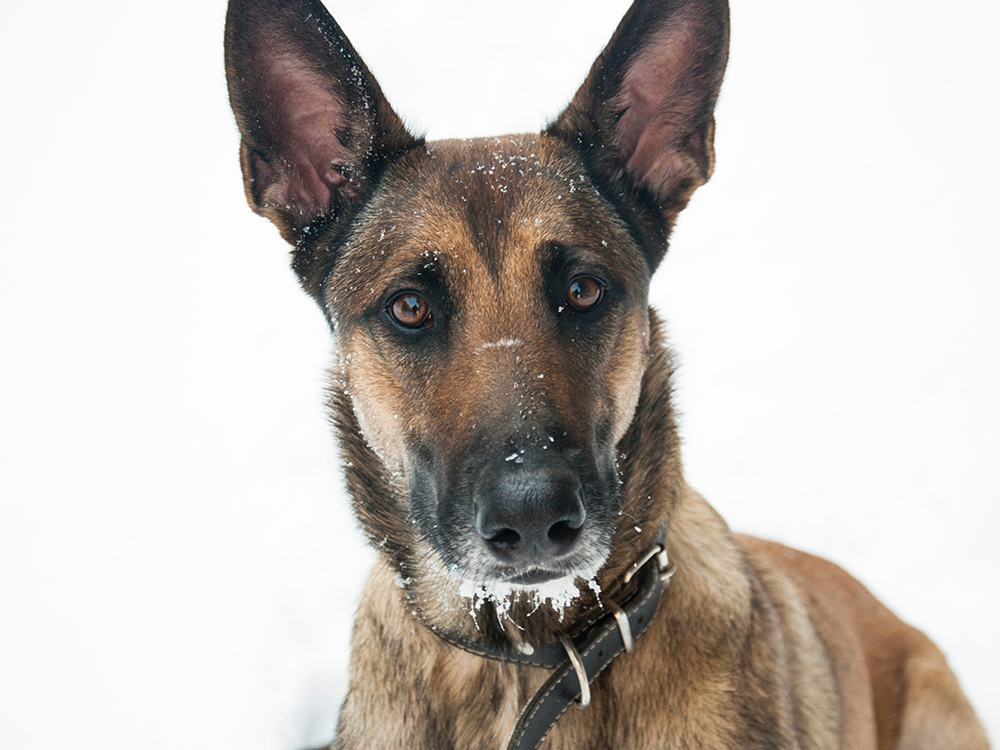
Belgian Malinois Breed Pictures
Vital Breed Stats
| Height: | 9 - 10 cm M | 9 - 10 cm F |
| Weight: | 55 - 75 kg M | 40 - 60 kg F |
| Breed Group: | Hound Dog Group |
| Life Expectancy: | 11 - 14 years |
| KC Registered: | No |
Breed Characteristics
| Size: |  |
| Grooming: |  |
| Exercise Level: |  |
| Trainability: |  |
| Barking Level: |  |
| Good with Children: |  |
| Good with other pets: |  |
| Affectionate: |  |
| Protective: |  |
| Cost to Keep: |  |
Give a thumbs up if you love the Belgian Malinois

0
More About the Breed
History
The Belgian Malinois dog is a part of the Belgian shepherding dogs known as Chiens de Berger Belge. Back in the old days, they primarily serve as herding and guard dogs in Belgium. Since the Belgian dog was bred for his ability rather than his aesthetic, not many records were found about this dog.
In 1911, Professor Reul was requested to study the native dogs in Belgium. His research aimed to see if these dogs can be classified into distinct breeds. The short-haired variety of Belgian shepherd dogs originated in the city of Malines, which located in the northwestern region of Belgium Thus, these dogs earned the name Belgian Malinois.
Up till now, the breed is still the most popular shepherd breed in Belgium. Today, the Belgian Malinois is not only favoured as a herding dog but also as a police dog. The breed is even more in demand than the German shepherd. The breed's versatility and hard-working nature make him a great fit for this noble but challenging job.
Appearance
The Belgian Malinois dog has a lean yet muscular, square-shaped body that exudes elegance. His body is proportionate to his head. His ears are erect and triangular. He has a slightly pointed muzzle and a black nose. His almond-shaped eyes are brown. He has cat-like feet and his tail is strong at the base.
The Belgian Malinois has a short and straight double coat. It is weather-resistant with a thick undercoat. The fur is commonly short on the dog’s ears, head, and lower legs. It becomes slightly longer around the neck, tail, and backs of the thighs.
The Belgian Malinois' coat comes in colours of brown, red, and fawn. Meanwhile, the tips of his fur are black.
The breed is often mistaken for the German Shepherd dog. However, both of them have small yet distinct differences. The Belgian dog is smaller in size compared to the German shepherd. Moreover, the Belgian Malinois possesses a more well-defined head and has smaller and more triangular ears than the German shepherd. Unlike the Belgian Malinois, the German shepherd dog commonly has a tan with a black saddle coat.
Grooming
When caring for a Belgian Malinois, it is advised to brush his coat at least once a week. This helps to get rid of any dead or loose hair. He normally sheds twice a year in spring and autumn and may need daily brushing during those months.
Bathing should only be done once he gets too dirty or smelly. Recurrent washing may dry his skin and hair, which can cause skin problems. Trim his nails at least once every one to two months. Do not forget to inspect and clean his ears once every month to prevent ear infections. If possible, add daily tooth brushing into his grooming routine. It is one of the most effective ways to avoid periodontal disease, which is a prevalent health problem in dogs.
Temperament
The Belgian Malinois is very fond of his family and is quite dedicated to them. He makes a good guard dog as he is protective of his human companions. The Belgian Malinois tends to be reserved and indifferent towards strangers. However, he should not be hostile towards them unless threatened.
The Belgian Malinois fits well in families with children. When it comes to other family pets, he may not get along with them unless they grow up together. Socialising him during his puppyhood will prevent this from happening. Supervision is always a must when he is interacting with a child or a pet.
Young children tend to be rambunctious and may roughly handle the dog. The Belgian Malinois also has a high prey drive and may chase and nip at anything that’s moving. This trait can be curbed through consistent training.
Is a Belgian Malinois an aggressive breed?
Aggressiveness and timidity is not a part of a Belgian Malinois dog’s temperament. He is a sociable and friendly dog. Although he can be protective of his family members, he should not be vicious nor shy to other people. He may act aloof until he identifies that they are not a threat.
He may not go along well with children and family pets if he is not properly introduced and socialised just like any dog. Therefore, early socialisation and training are crucial for the Belgian Malinois to mature into a people- and animal-loving dog. Without undergoing this process, he may end up being fearful or aggressive to humans and other pets.
Intelligence
Training a Belgian Malinois
The Belgian Malinois is an intelligent and highly-capable dog. He can quickly learn new commands and tricks through firm and consistent training. Use positive reinforcement to further motivate him to do his best.
Since he is a sensitive dog, keep your emotions in check and mind your tone of voice during training. Any harsh treatment will be met with resistance and he may resent you for it too.
The Belgian Malinois excels in many dog games and activities. These include herding, showing, tracking, showing, agility, obedience, fly ball, Schutzhund and other protection sports, search and rescue, and police work.
How to potty train a Belgian Malinois puppy
It is advised that you confine your Belgian Malinois puppy to an enclosed space such as in a room, crate, or on a lead. Once he learns that he should go outside to eliminate, you may slowly allow him to wander around your home. Follow the steps below when you begin house-training:
Step 1: Be sure to set a regular feeding schedule. Remember to remove his unfinished food between meals.
Step 2: Bring your Belgian Malinois puppy outside early in the morning. Do this again once every thirty minutes to an hour. Take him outside after eating and when he wakes up from a nap. He should be brought outside to eliminate at night before he goes to sleep.
Step 3: Make sure that he eliminates on the same spot every time he goes outside. If done frequently, his scent will prompt him to go to the area without your urging.
Step 4: Stay with him outside, at least until he’s house-trained.
Step 5: Every time your Belgian Malinois puppy eliminates outside, give him a treat or praise him. This will encourage him to continue this behaviour until it becomes a habit.
Fun Facts
- The Belgian Malinois is highly capable when it comes to being a police dog. His sharp senses can successfully detect odours of accelerants, narcotics, and explosives. Thus, he is commonly chosen to work for personal protection and police work. In fact, the US Secret Service uses the Belgian Malinois to guard the White House.
- Cairo, a Belgian Malinois, was the chosen dog to accompany Seal Team Six. With his help, they were able to hunt down and capture Osama Bin Laden.
- The Belgian Malinois served as assistants and messengers to the Red Cross during World War I. Some people believe that these dogs also pulled ambulance carts and carts bearing firearms.
Feeding
A three- to six-month-old Belgian Malinois needs at least 1.39–1.50 cups of food daily. Once he turns seven to ten months old, he requires about 1.34–1.50 cups of food per day.
When he reaches eleven months old to a year old, feed him 1.20–1.34 cup of food a day. The meals during his puppyhood must be split into approximately three to four servings.
If he is a full-grown Belgian Malinois dog that weighs about 20 kg, give him at least 1.08–1.45 cup of food each day. If he is an adult dog that weighs around 25 kg, feed him 1.17–1.53 cup of food daily.
If his weight is around 30 kg, he requires 1.30–1.50 cups of food. An adult Belgian Malinois' meals should be divided into two smaller portions.
Health
- Hip Dysplasia
- Progressive Retinal Atrophy (PRA)
- Elbow Dysplasia
- Anaesthesia sensitivity
Exercise
Cost of Ownership
How much is a Belgian Malinois puppy?
A healthy and well-bred Belgian Malinois puppy has a price tag of about £500 to over £650. Food expenses may range between £384 and £504 annually. Buying his basic supplies such as bedding and toys cost approximately £200–£400.
Each check-up with the vet will require you to pay an average of £30. Expenses for initial vaccines are about £100, whilst yearly boosters are around £50 per shot. Opting to get pet insurance for a healthy puppy will cost £20–£30 a month on average.
Where can I buy a Belgian Malinois?
Purchase a Belgian Malinois puppy from a reputable breeder to ensure that you get a healthy and well-bred canine companion. You may find one by asking for referrals from fellow dog enthusiasts, the vet, or the groomer. Attending dog shows and inquiring from participants or audiences is another good option too. You can also try visiting local breed clubs.
There is a cheaper way to get a Belgian Malinois, which is to adopt instead of buying one. Check various animal shelters, rescue organisations, and rehoming centres in your area. Note that you are more likely to find an adult Belgian Malinois than a puppy in these places.
Belgian Malinois Breed Highlights
- The Belgian Malinois has a strong bond with his family and tends to be very protective of them.
- He is a great companion for children and other pets as long as he is properly trained and socialised during his puppyhood.
- He requires minimal grooming but needs frequent brushing during his shedding season.
- Firm and consistent training sessions paired with positive reinforcement work well for the Belgian Malinois.
- He needs lots of time for mental and physical exercise to tire him out.






